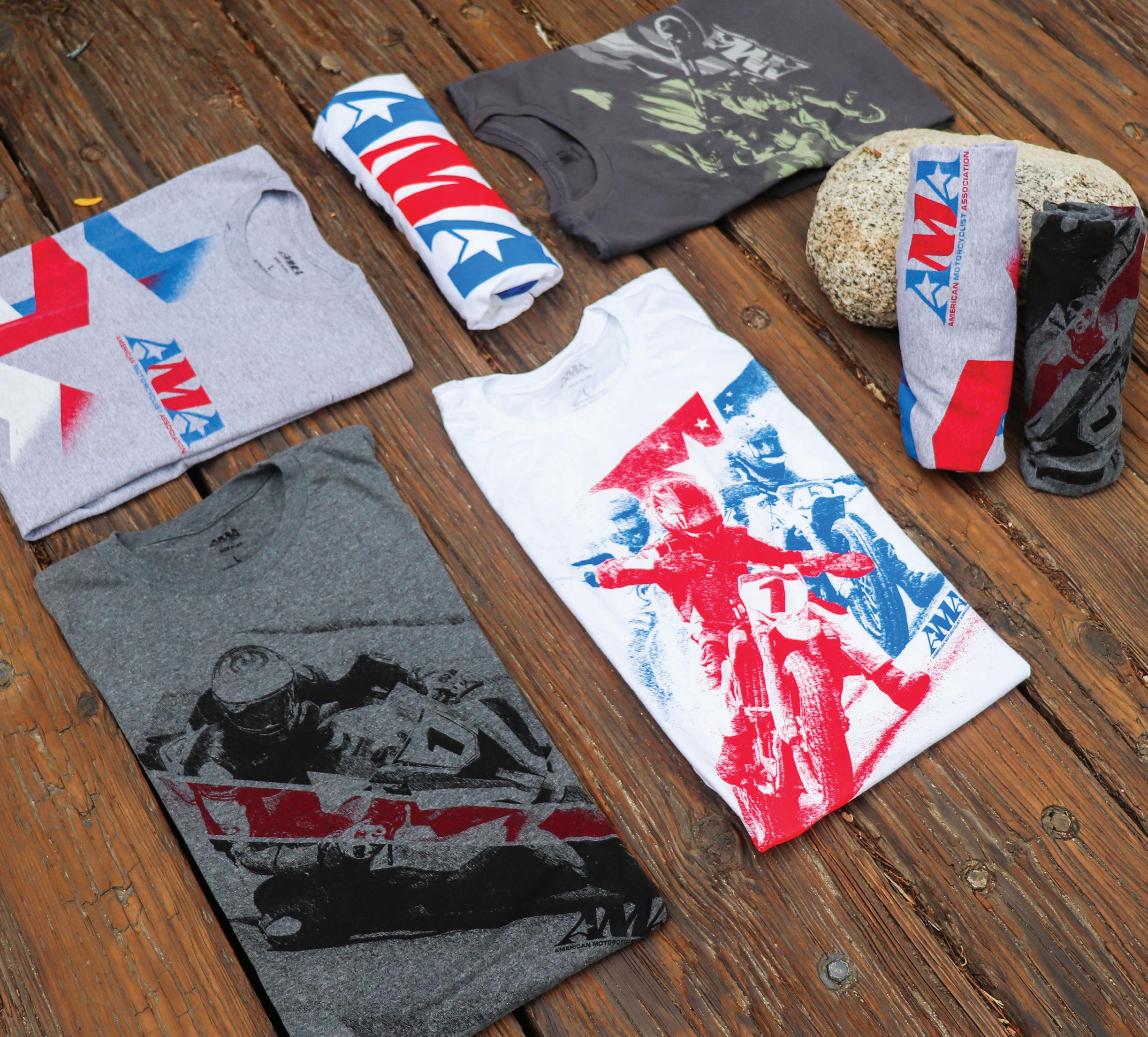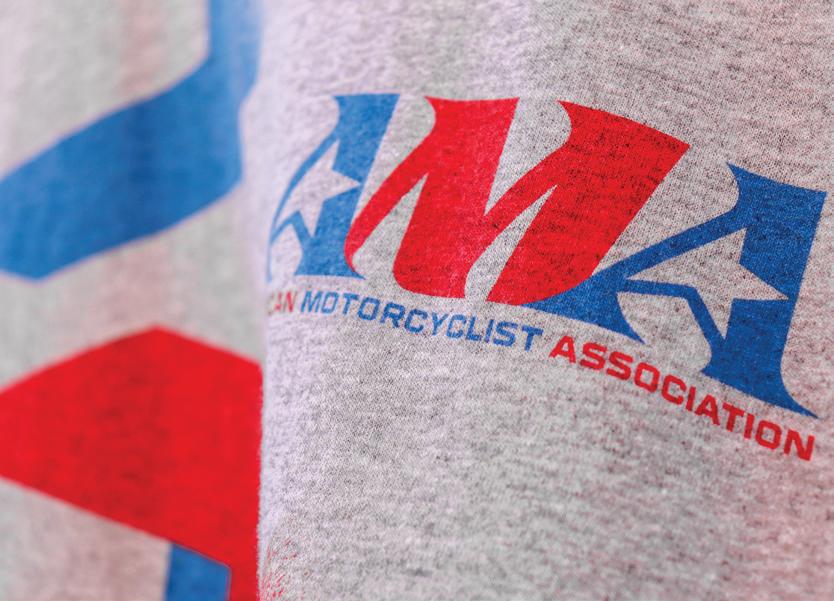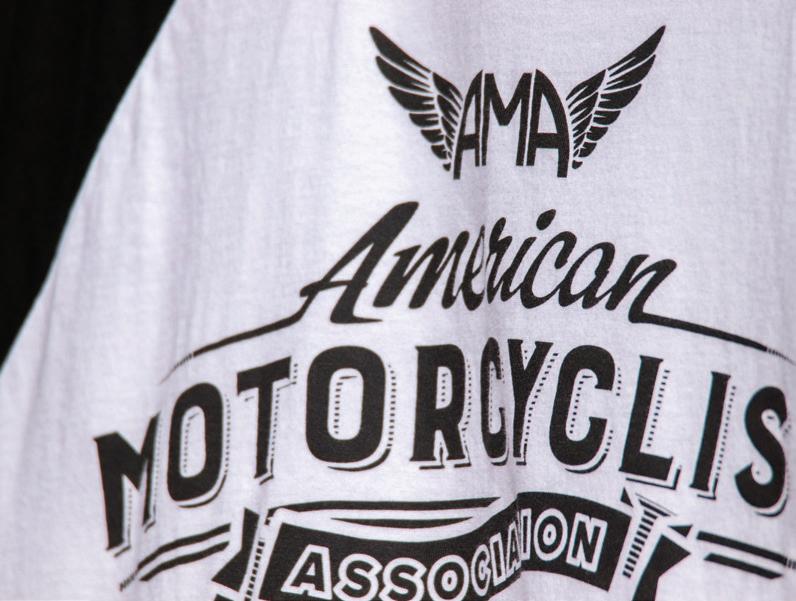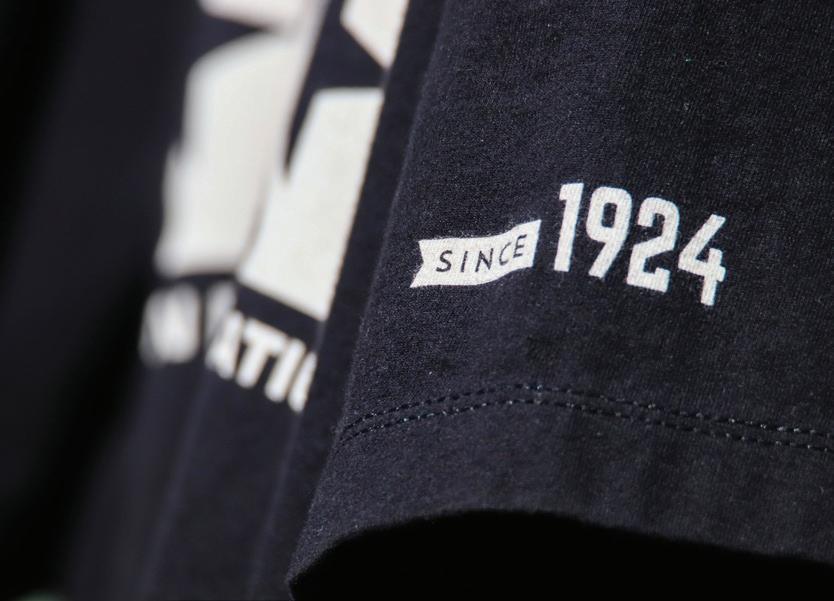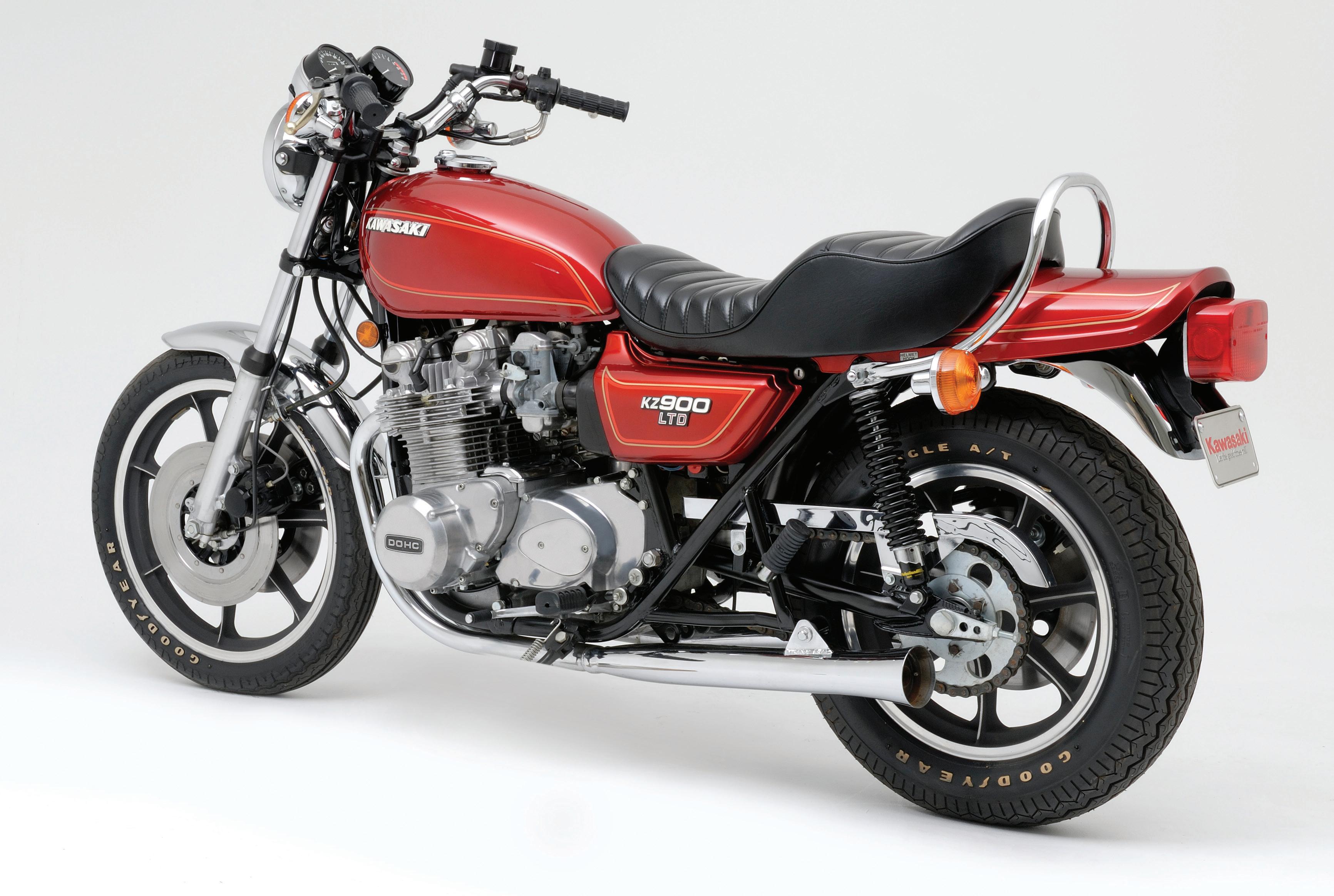
2 minute read
LAST PAGE
LAST PAGE Japan Inc.’s First Custom
Part hot rod and part custom, Kawasaki’s 1976 KZ900 LTD kickstarted a powerful trend
Given the impact of the “Japanese cruiser” on motorcycling over the last 46 years, and the sheer number of models sold in that time (easily hundreds of thousands), you might wonder which machine got Asia’s factory-custom ball rolling in the first place.
Yamaha’s Specials come to mind, the first of which was the ubiquitous 650 Special of 1978 — an everyman sort of motorcycle if there ever was one.
But no. The first Japanese cruiser, the one that kicked open the floodgates for all the Specials, Viragos, Eliminators, Shadows, Spectres, Maxims, V-Maxs, Vulcans, Magnas and Intruders to come, was the Kawasaki KZ900 LTD of 1976.
The LTD was in many ways the brainchild of the late Wayne Moulton, director of technical ops at Kawasaki in the early 1970s.
“When Kawasaki introduced the Z-1 in ’73,” Moulton told American Motorcyclist in 1985, “everyone wanted one. In ’74 and ’75 it was basically unchanged, [and] at a Kawasaki distributor meeting we started discussing ways to extend the life of the Z-1. You just can’t keep repainting a bike and calling it a new model.”
Question was, what sort of Z-1 variant would best expand the Z-1 brand and market? Should it be sportier, or something a little more American — something more hot-rod and custom flavored? Dealer input, especially from the East coast and Midwest, strongly favored the latter.
“American customizers had been rearranging motorcycles to suit themselves for a long time,” Moulton said, “but wouldn’t be caught dead with a Japanese bike. So we wanted to build a Japanese motorcycle that American riders could identify with.”
And boy did they identify. The LTD, with its mix of custom (pullback bar, scooped saddle, teardrop tank, megaphone exhaust, fat 16-inch rear wheel, etc.) and hot rod (triple discs, Boge shocks, Morris Mag wheels, etc.) elements, was an immediate hit.
But for whatever reason, Kawasaki couldn’t (or wouldn’t) build enough to satisfy demand — which left the door open for Yamaha. “We couldn’t keep up with demand,” said Moulton. “We created the thing, but Yamaha jumped way ahead of us.”
That initial wave of factory customs was hugely significant, too. It not only helped keep the industry afloat during the early ’80s (when boomers took family and career breaks before opening their wallets generously in the 1990s and beyond), but fostered serious demand for the entire factory-cruiser genre — which grew to be enormous, along with a huge aftermarket to support it.
And to think this is where it all started. Let the good times roll, baby! —Mitch Boehm
